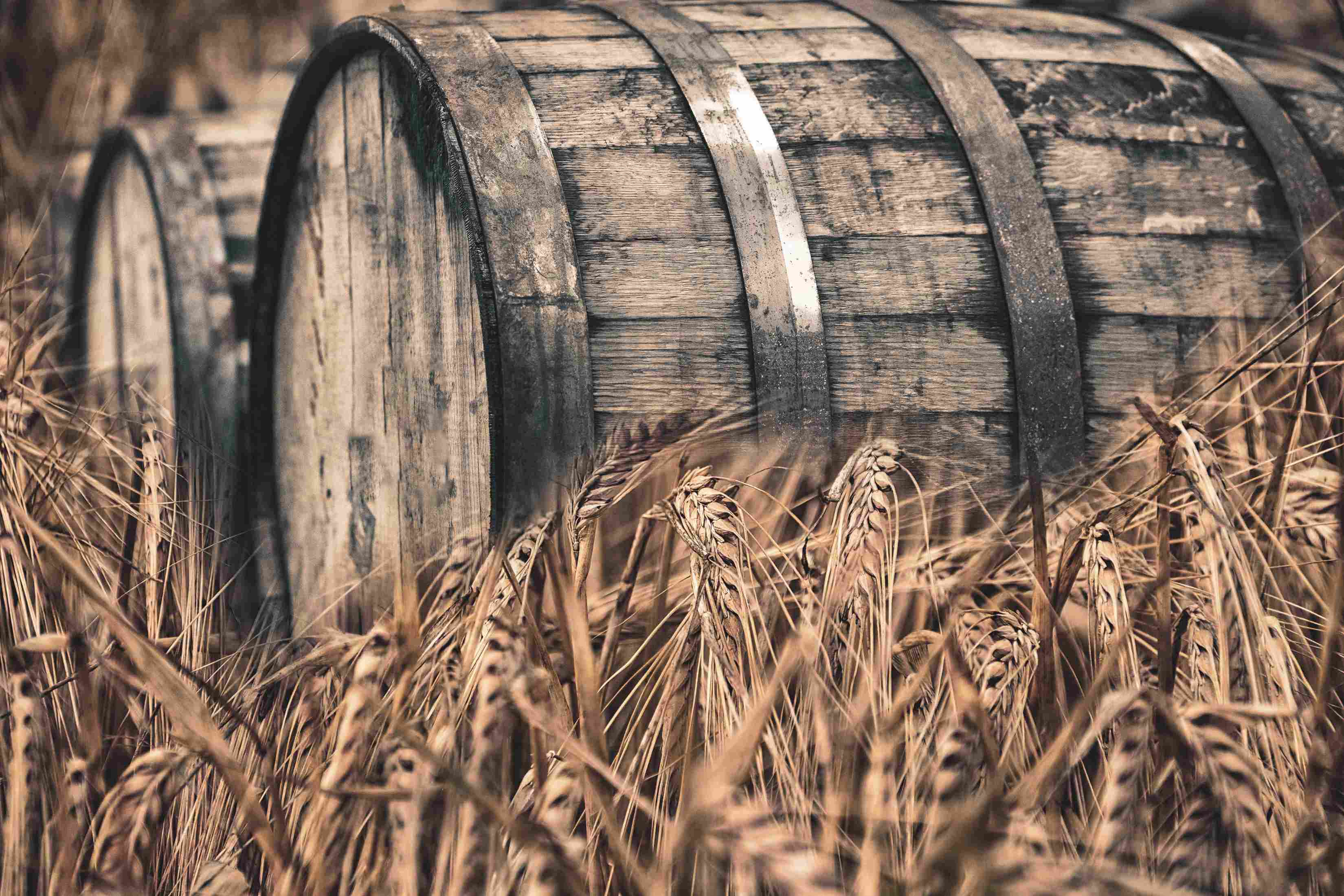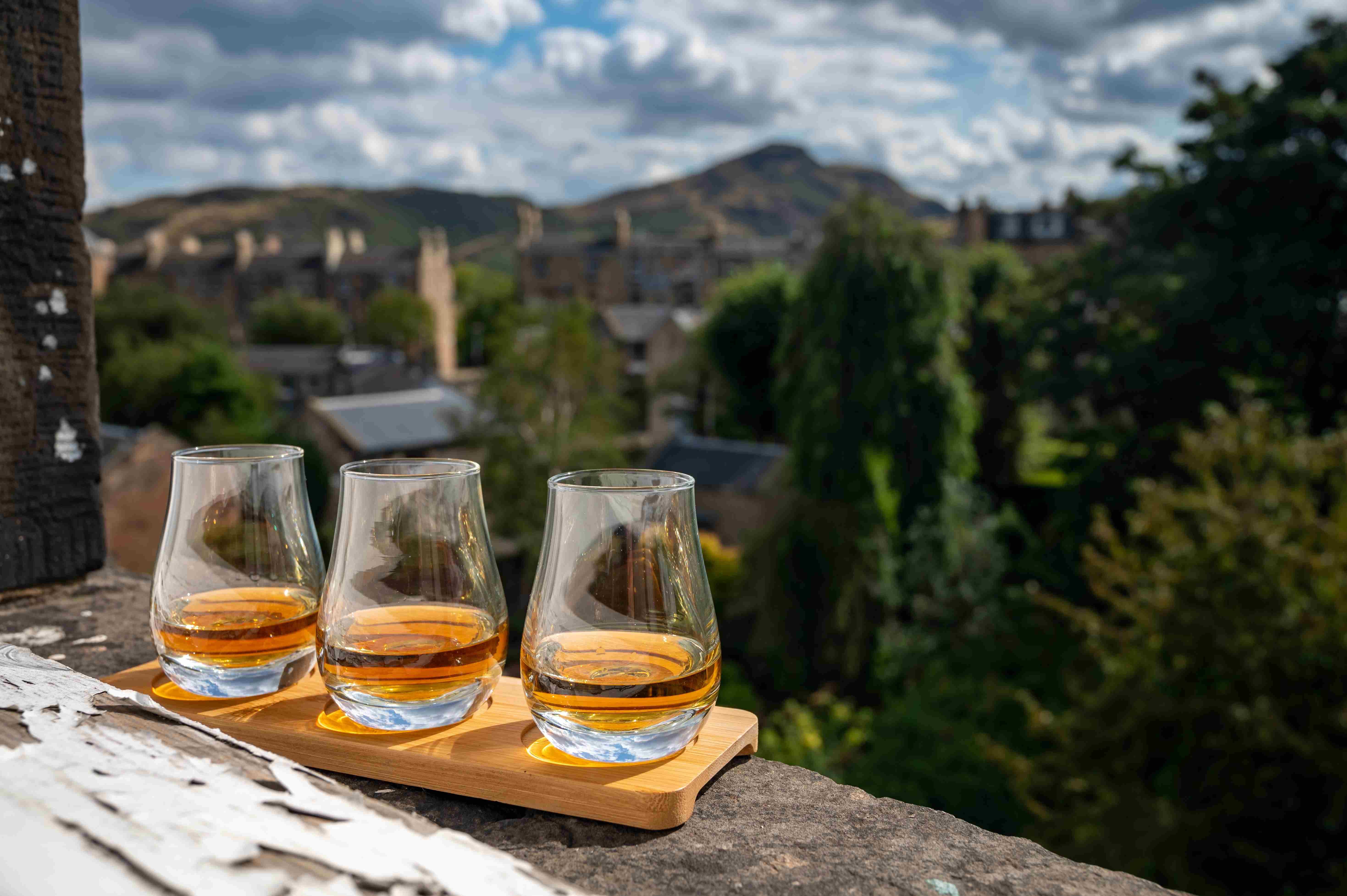Fuelled by the growing popularity of whisky, distilleries of various styles have blossomed around the world. Apart from Scotch, Irish and American whiskies, whiskies from Japan, Canada, India and Australia have also gained a prominent fan base. Today, we will explore the unique aspects of whiskies from different parts of the world.
Back in 11th century, distilling techniques were brought from Ireland to Scotland by missionaries, sparking great enthusiasm within Scotland. As demand and production grew, Scotch whisky became one of the government's key focus. Since then, establishing a solid foundation of regulations and quality controls. The Scotch Whisky Act in 1988 served as a base for a lot of emerging whiskies, the whiskies were then modified according to local environment and climate to craft distinct styles varying in "grain selection", "distilling techniques", "barrel varieties" and "ageing time".

Based on history, production volume and market size, the main whisky producing regions are Ireland, Scotland, the US, Canada, and Japan.
Ireland is widely recognised as whiskey’s birthplace, and the word "Whiskey" comes from the Irish word "uisce beatha" meaning "water of life". Irish whiskey uses a closed kiln system to dry malt, separating fire and smoke. Most Irish whiskeys undergo triple distillation in pot stills, giving them sweet, round and smooth flavours.
While whiskey is originated in Ireland, it was Scotland which brought whisky to the spotlight. After hundreds of years of development, Scotch whisky leads the world in both distilleries and industry scale. The five Scotch whisky regions include Highland, Lowland, Campbeltown, Speyside and Islay, each with distinct profiles ranging from heavily peaty to mellow and smooth.
Within the Highlands, there is The Singleton of Glen Ord, which is famous for its slow distillation and long fermentation techniques to craft delicately rich and smooth flavours.
The Lowlands have fewer peat bogs, lower latitude and milder climate, resulting in lighter, smoother whiskies with hints of floral and grass, like Glenkinchie.
Campbeltown is a small town on a long narrow peninsula between the Scottish mainland and Islay Island. Campbeltown whiskies are full-bodied with a hint of salt and moderate peat smoke.
Speyside's rich water and agricultural resources make it a Scotch whisky powerhouse. Speyside whiskies often have complex, sweet fruit aromas with a high sweetness - like Cragganmore, with its deliciously rich and honeyed floral notes.
Islay is famed for its peaty whiskies due to abundant peat bogs. Distilleries like Caol Ila have the perfect balance of rounded, smoky flavors. With the largest still on the island, Caol Ila maximizes contact between the liquid and casks during distillation, stripping out impurities from the liquid and imparting nuanced smoky fruit notes to the finished whisky.

American whiskeys differ greatly from Scotch in raw materials, mainly using corn or rye with other grains and aged only in new charred barrels. Corn-based whiskies have a sweeter taste with caramel and vanilla notes; rye whiskeys have a spicier flavour profile.
Canadian whisky takes pride in its blending technique, using whiskies of different ages and grains for a smooth, rounded flavour.
Japanese whisky was inspired by Scotch but incorporates unique Japanese touches, like the use of Mizunara casks imparting subtle sandalwood aromas. Instead of heavy peat, Japanese whiskies tend towards a gentle elegance, expressing Japanese refinement.
Overall, different places and regions produce distinctive whiskies due to factors like climate, environment and water sources. Head on to compare whiskies from different places to gain an in-depth understanding in whisky.
 ▼▼▼
▼▼▼